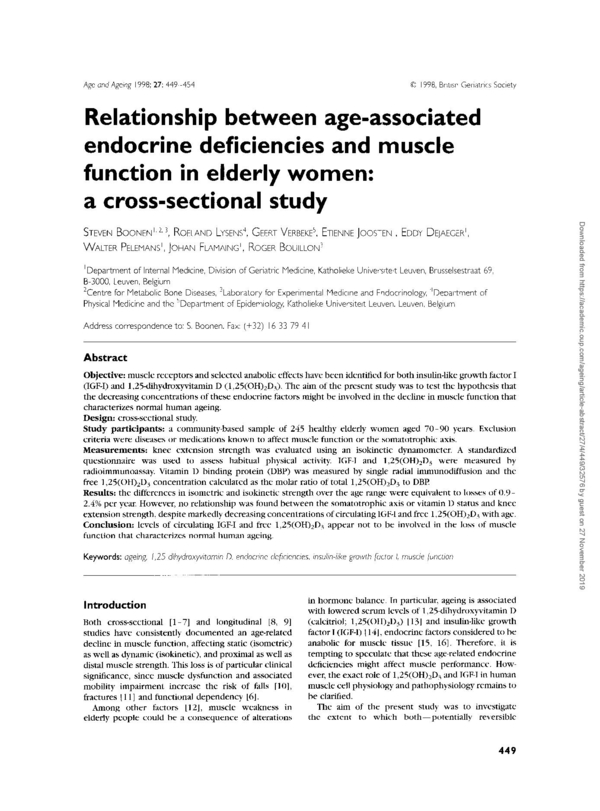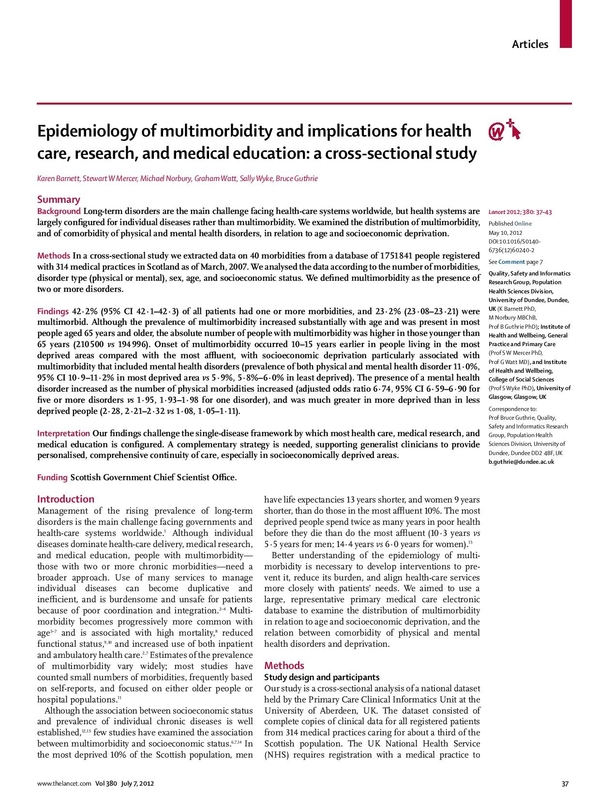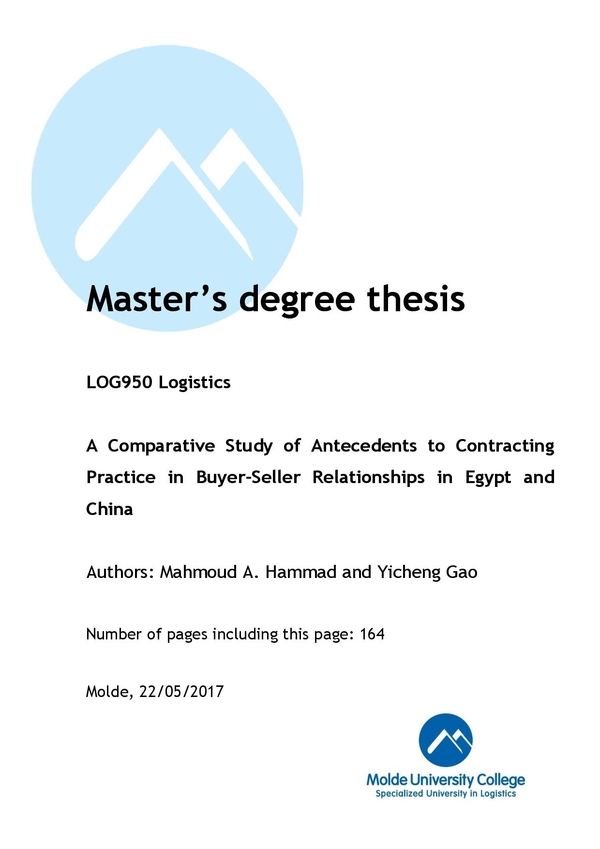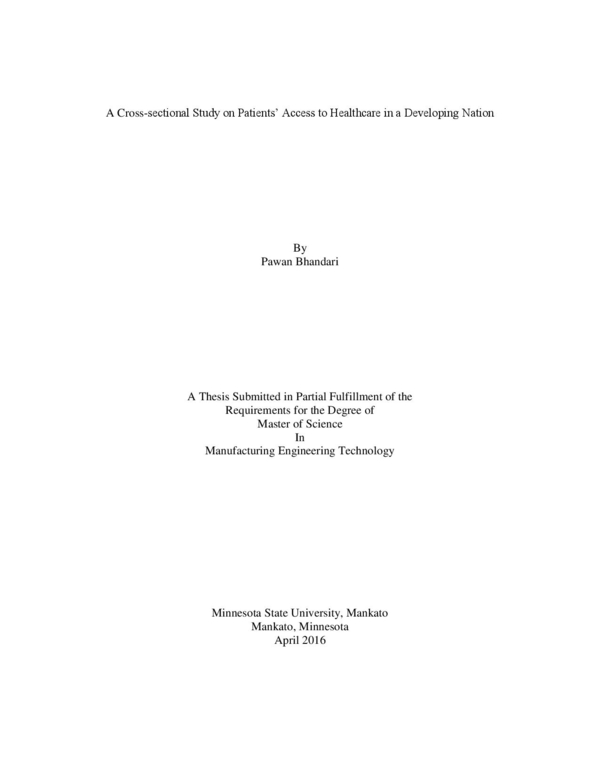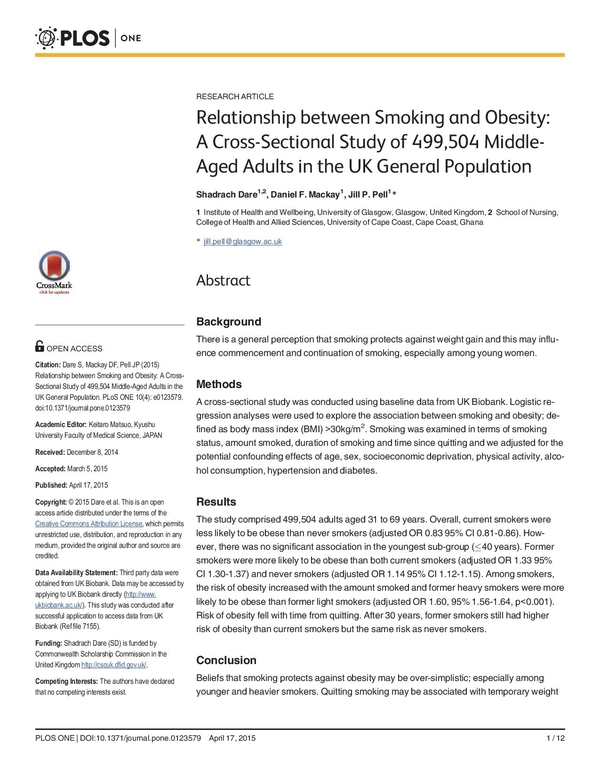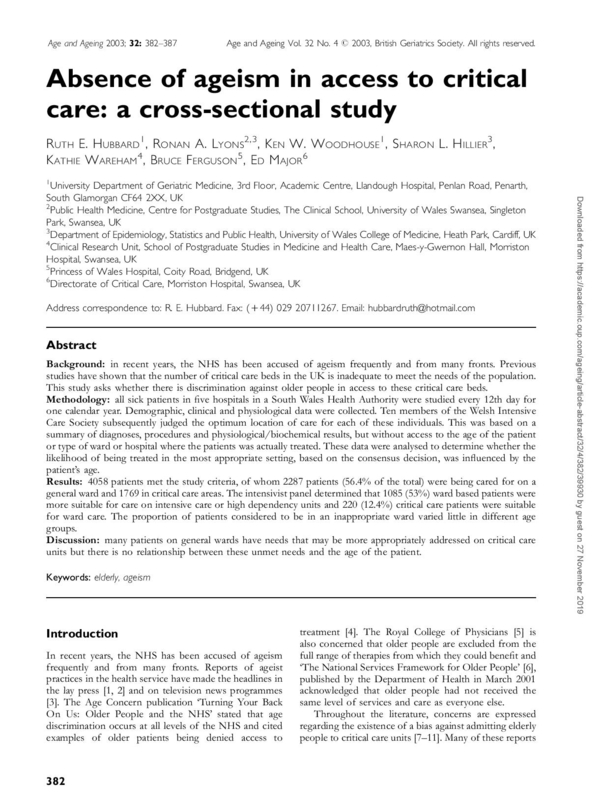7+ Cross sectional Research Examples to Download
Nothing is ever created equal to another. No matter how similar things may seem, there are always differences that must be taken into consideration. Humans all have fingers, but that doesn’t mean you share the same fingerprint. Just take a look at potatoes, you have various kinds for different kinds of dishes. Chefs often serve Red thumb potatoes baked or boiled while your classic french fries are probably russet potatoes. Even the most minimal difference can deviate one from another. Observation and variance analysis of these differences help you choose which variation works best for you. You can call this method as a cross-sectional research.
Cross-sectional research is an observational research methodology that tries to understand and sort out the differences between two or more variables. The chosen variables usually have some similarities and one major distinction. The distinctions are studied to find out how they affect the participating population at a given moment in time. Unlike longitudinal research, the main object of this study remains constant and unchanging. This research is used to predict and prepare for possible outcomes. The data gathered from this research design can answer either quantitative or qualitative questionnaires, thus making it useful in various fields.
Examples
To guide you in making your cross-sectional research, here are 7+ Cross-sectional research examples for you.
1. Using the SF?36 with older adults
2. Age-associated endocrine deficiencies and muscle function
3. Epidemiology of multimorbidity
4. Antecedents to Contracting Practice in Buyer-Seller Relationships
5. Patients’ Access to Healthcare in a Developing Nation
6. Relationship between Smoking and Obesity
7. Absence of ageism in access to critical care
8. Diabetes Self-Management Profile for Flexible Insulin Regimens
Sin and Salvation
There are some advantages and disadvantages to using cross-sectional analysis. What makes this disadvantageous is that it studies variables only on a single, short period. It also mostly examines the prevalence of the studied variables affecting the chosen cohorts without acknowledging previous data. This research is also prone to biases in the groups, thus not gaining reliable results. But the good thing is this research doesn’t need a lot of time to conduct. Because it deals with a plethora of populations, you get to collect multiple results all at the same time and study various outcomes for more extensive research project.
The Variation of Studies that Study Variations
Cross-sectional studies collect and analyze both descriptive and analytical data. Although real-life investigations show evidence of both properties, it is still best to decipher how these types differ. Descriptive cross-sectional studies the persistence and reach of a studied factor. An example of this is surveying the epidemiology of a disease in a rural area. This is different from analytical cross-sectional studies. This variation produces aanalytical reports that deal with the statistical relationship between two variables. Unfortunately, this doesn’t provide reliable results because it disregards factors that could cause the same outcome.
The Function of the Process
There are many ways to use a cross-sectional analysis. This method is versatile enough to be used in many fields. From marketing research to medical studies, this method can help you gather the information you need to accomplish your goal. As does any research, there is a systematic approach to making this investigation. But it’s procedure isn’t as daunting as it seems that’s why it’s used by many researchers. Saying this, you still have to make sure you know what results you are looking for. The good thing about this investigation is that it provides holistic data
1. Descriptive Studies
One of the various uses of cross-sectional research is describing and assessing the features and prevalence of subject elements in a population. Cross-sectional research is observational in nature, so using it to gather untouched data mainly shouldn’t come as a surprise. This helps researchers identify the problem areas in the participating cohort. An example of this would be in medical research; this method helps determine how a population reacts to nursing assesements used in hospitals. This falls under a descriptive cross-sectional analysis.
2. Analytical Studies
The phrase “prevention is better than cure” has been used in various cases. It does have a point, though; you need to put out the flames before it spreads like wildfire. To do that, you need to measure the severity of a problem. A way for you to note the statistics of the affected area is through analytical cross-sectional studies. But there is a downside to this research methodology; it only collects data from within the research so external causes and factors that could lead to the same problem can be missed.
3. Proving Hypotheses
A research’s primary purpose is to deal with unanswered questions and proving a point. That’s why you need to ask questions – to give yourself a reason to look for answers. As with any research plan, you need to make an assumption that your study can prove. When given an opportunity to solve problems, you need an organized methodology to assist you. That’s where cross-sectional analysis comes in. If you have population-based hypotheses, this cakewalk of research can help you justify your assumption.
4. Reliability
The accuracy of the research depends on the authenticity of the collected information. If your data isn’t precise, it might lead to an unsuccessful investigation. Sometimes you are going to have to repeat your methods to double-check your information. That is what cross-sectional research is useful. Since this research is easy to conduct, researchers can always redo it and make a retrospective analysis to assure that the data gathered is not bogus. And because you are dealing with the same variables, you won’t have to fill your project planner conducting this research.
5. Further Analysis
When research shows so much potential, it would be such a waste not to explore the boundless possibilities it holds. There is so much more to the gathered data than meets the eye. It can lead to prospective assumptions that haven’t been proven. Since cross-sectional studies focus on collecting data, this method helps researchers use the collected data from the chosen variables as the basis for further data analysis. You can use this research to support whatever research you plan next, whether documentary or comparative.
Understanding the characteristics, extent, and severity of a phenomenon is vital in making further measures. How you should deal with a situation begins with understanding what it is. This is the purpose of cross-sectional research, to establish the connection of a subject and the participating cohorts. It is used in many fields to collect various data. This study is a surefire way to analyze the differences between your subject populations. This works with business forecasting, medicine, or whatever it is you plan to uncover. Maybe this is what you need; perhaps it isn’t. Check the difference.




